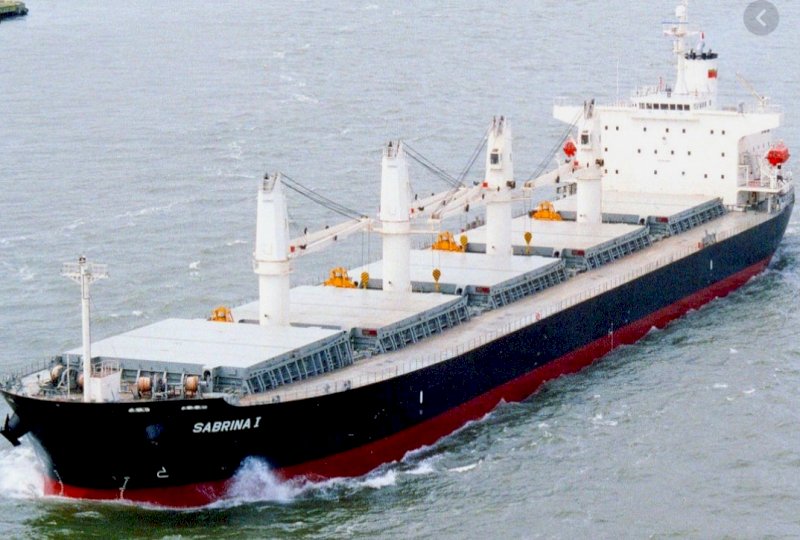Brazil contemplates new export pathway via Peru…
- By: "Farm Tender" News
- Cropping & Grain News
- Mar 26, 2024
- 369 views
- Share

By Peter McMeekin
A new deep-water mega port being built in the Peruvian fishing village of Chancay, about eighty kilometres north of the nation's capital, Lima, is set to transform South America's trade ties with China when the first phase commences operations late in 2024.
Largely funded by China as part of its Belt and Road Initiative, the port will be able to host some of the biggest cargo ships in the world and will serve as a critical economic beachhead for Beijing in Latin America. Expected to cost around US$3.6 billion, the new port will provide China with a direct gateway into the region to access its valuable mineral resources and agricultural produce.
However, in recent years, Chinese-owned and operated deep-water ports worldwide have captured the attention of many analysts and governments for their dual-use potential for both commercial and military purposes. In the past, China has used its owned and operated facilities as logistical points and ports of call for its naval fleet. These Chinese-owned and operated ports also offer the potential for Beijing to track data on trade flows, which could open the door to economic coercion against the host countries and any other country utilising the facility.
The new terminal, being constructed by the Chinese company Cosco Shipping Ports, is the most significant Chinese investment in South America and will be the first Chinese-controlled port on the continent. Cosco, one of the world’s biggest shipping companies, holds a 60 per cent stake in the venture, while Peru’s Volcan, one of the world’s largest producers of zinc, lead, and silver, holds the remaining 40 per cent.
Construction of the port precinct commenced in 2018, and the project's first phase is around 70 per cent complete. Built at a cost of US$1.3 billion, the initial stage includes a 2.7-kilometre breakwater, the port terminal, and the first four of a potential 15 docks. Chinese President Xi Jinping is expected to open the first phase in November this year during his visit to Peru for an Asia-Pacific Economic Cooperation (APEC) summit.
Brazil's interest in a Pacific Ocean located export option for corn and soybeans destined for China was confirmed during last week’s visit by the country’s Planning Minister Simone Tebet. According to José Arista, Peru’s Minister of Economy and Finance, Tebet plans to discuss the vast possibilities and benefits of exporting Brazilian products through the Peruvian port with President Luiz Inacio Lula da Silva immediately upon her return.
The port will offer Brazilian exporters the opportunity to send corn, soybeans and other agricultural produce by truck from the west of the country to the Peruvian port for export directly to Asia, cutting the transit time by around two weeks. Shipping from the port provides an alternative to the Panama Canal, where ships have encountered long delays and logjams over the past 12 months due to the impact of dry weather conditions on the canal's water levels.
Tebet said the port could be part of a program the Brazilian government has been developing to improve logistics integration and cooperation within South America. With the shorter transit times in both directions, the resultant freight savings would make Brazilian exports more competitive and imports cheaper.
According to Brazil's ambassador in Peru, Clemente Baena Soares, the Chancay port offers a faster export pathway for the nation’s grain and meat production, especially from the western states of Rondônia, Acre, Mato Grosso and Amazonas, to key Asian customers.
There would need to be an investment in existing road infrastructure, especially the 2,600-kilometre-long Interoceanic Highway, which runs from southern Peru across the Andes to the Brazilian state of Acre, while a long-discussed rail link between the two countries remained in the feasibility phase. Soares stated that meetings were planned between officials in the first quarter of 2024, looking to resolve logistical, sanitary and bureaucratic hurdles at the border so Brazilian trucks can more readily reach the port.
In a region historically dominated by the United States, Chinese investment and influence in South America is growing alarmingly. Over the past ten years, China has unseated the United States as the largest trade partner for South America, scoffing its growing soybeans, corn and copper output.
While Peru's trade with the United States flatlined in the decade to 2022, commerce with China doubled to $33 billion, primarily driven by rising copper exports. Over the same period, China invested more than US$24 billion in Peruvian mines, the power grid, transportation infrastructure and hydroelectric power generation.
According to government data, exports to China grew 9.3 per cent in the first eleven months of last year, compared to the 5.3 per cent growth of exports to the United States. In the same period, Peru had a US$9.4 billion trade surplus with China and a US$1.3 billion deficit with the United States.
China’s soybean imports from Brazil totalled 6.96 million metric tonne in January and February of this year, a 211 per cent surge on the 2.24mmt purchases over the same period in 2023. Conversely, soybean arrivals from the United States in the first two months of this year fell to 4.96mmt, down 48.9 per cent on the same period last year.
China imported 4.1mmt of Brazilian corn in the first two months of 2024, two-thirds of its total corn imports and a 178 per cent jump on the same period last year. Corn imports from the United States of 766,989 metric tonne in January and February this year fell 67 per cent compared to the first two months of last year. All this ahead of the peak in this season’s Brazilian summer crop harvest, when the United States has traditionally dominated global trade flows of soybeans and corn into Asia.
Call your local Grain Brokers Australia representative on 1300 946 544 to discuss your grain marketing needs.









Share Ag News Via